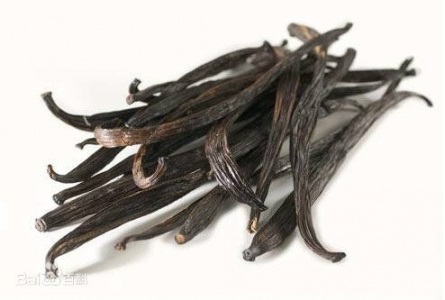Menthol and L-menthol are both organic compounds known for their characteristic minty odor and cooling sensation. However, they differ in their chemical structure and properties.
Chemical Structure
Menthol: Menthol is a term that refers to a group of compounds that have a menthol structure. It exists in several isomeric forms, meaning there are different ways the atoms can be arranged in space. These isomers include (+)-menthol, (-)-menthol, and racemic menthol (a mixture of equal parts of both enantiomers).
L-menthol (Levomenthol): L-menthol specifically refers to the levorotatory isomer of menthol, also known as (-)-menthol. It is the naturally occurring form of menthol found in nature, particularly in peppermint oil. Its chemical formula is the same as other menthol isomers, but its spatial arrangement is different, making it levorotatory (rotating plane-polarized light to the left).
Source and Production
Menthol: Synthetic menthol can be produced via chemical synthesis processes. This synthetic menthol may contain a mixture of different isomers.
L-menthol: L-menthol is typically extracted from natural sources like peppermint oil. It can also be synthetically produced but in a form that specifically matches the natural (-)-menthol isomer.
Properties and Uses
Menthol: As a group, menthol isomers are used for their cooling sensation and minty flavor. They are commonly found in products such as cough drops, mouthwashes, chewing gum, and topical analgesics.
L-menthol: L-menthol is preferred in many applications because it is the natural form with the strongest cooling effect and the most desirable minty aroma. It is widely used in pharmaceuticals, cosmetics, flavorings, and aromatherapy.
Sensory Effects
Cooling Sensation: Both menthol and L-menthol provide a cooling sensation when applied to the skin or mucous membranes. However, L-menthol is often considered to be more potent in terms of its cooling effect compared to other isomers.
Chirality and Optical Activity
Menthol: Refers to the compound that can exist in different enantiomeric forms (optical isomers).
L-menthol: Is one specific enantiomer of menthol, the levorotatory form, which rotates plane-polarized light to the left. The D-menthol or (+)-menthol is the dextrorotatory form, rotating light to the right.

